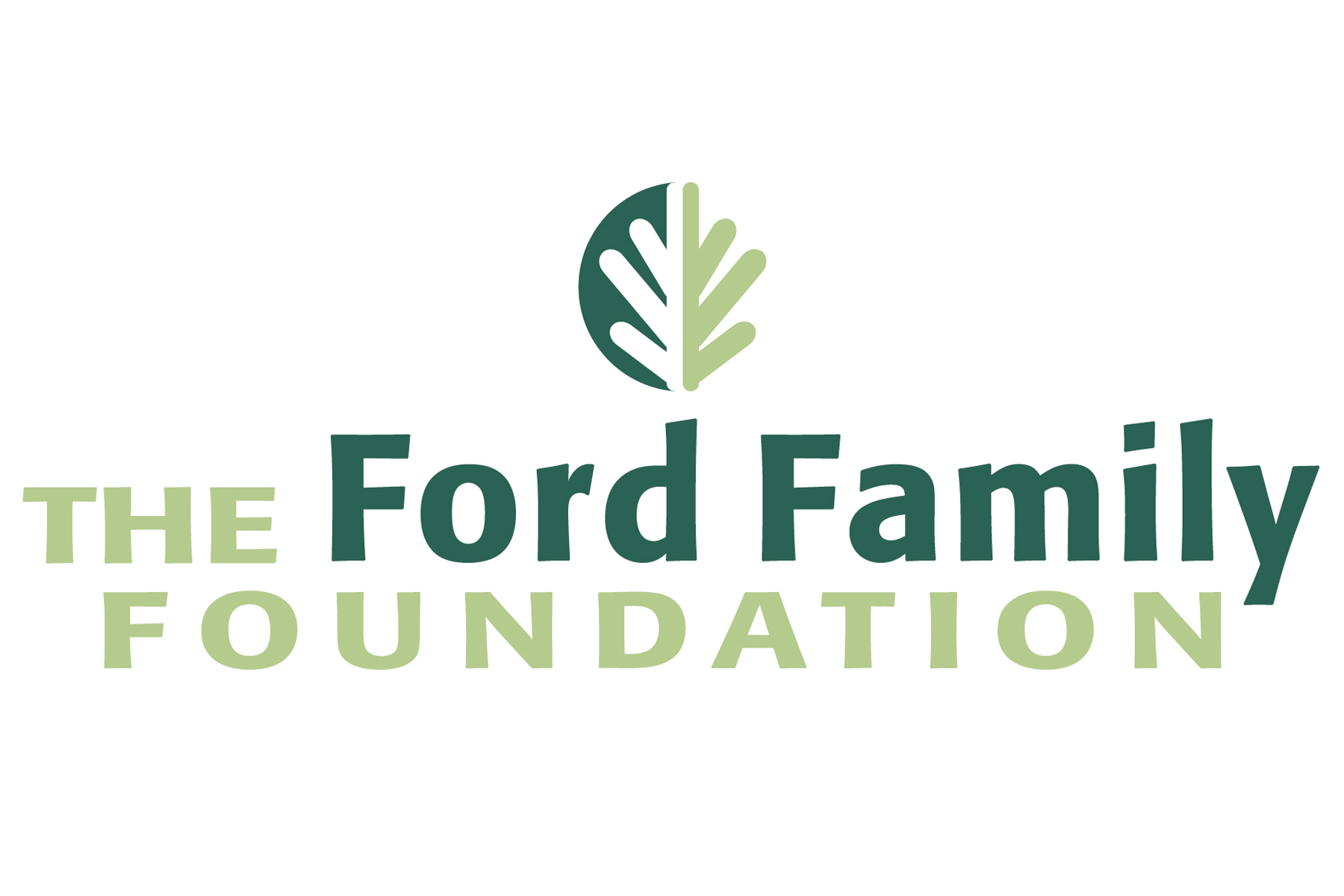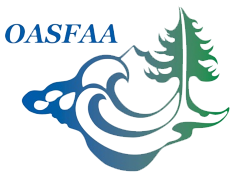Watch this page for news about the changes and new resources to help you help students and families.
Table of contents
The FAFSA Simplification Act
The FAFSA Simplification Act requires changes to the FAFSA for students attending college in fall 2024 and beyond. The ORSAA will also change. Educators and community members who help students and families complete the FAFSA and ORSAA will need updated training and assistance.
Stay informed on FAFSA and ORSAA updates
Join our mailing list to be among the first to receive updates.
Financial Aid Toolkit
Financial aid is any form of funding that helps a student pay for college. Learn how to teach students and families about college financial aid options with our new toolkit.
Trainings for FAFSA and ORSAA Updates
Watch recordings of the free virtual trainings for the FAFSA and ORSAA updates. These videos are for anyone in the state who wants to help students complete the FAFSA or ORSAA this year, such as school staff, college access professionals, community volunteers, family members, and more. The trainings cover the diverse needs of all helpers, and each video has an intended audience that you can choose from based on your role and interest.
Participants asked many questions during the training. Download the 24-25 FAFSA-ORSAA Training FAQs to read the experts' responses.
2024-25 FAFSA and ORSAA Training Part 2: FAFSA Overview
Audience: All
2024-25 FAFSA and ORSAA Training Part 3: Deep Dive
Audience: FAFSA and ORSAA Specialists
Financial Aid Toolkit Training
Audience: FAFSA and ORSAA Specialists
On-demand training
Watch this space for additional brief videos with information about the coming changes, walk-throughs of completing the FAFSA or ORSAA and information about helping students with specific personal circumstances. Later this fall, we'll also provide links to playlists of these same videos in some of Oregon's most-spoken languages.
From Oregon Goes To College:
From the Oregon Association of Student Financial Aid Administrators (OASFAA):
From Federal Student Aid:
Changes to the application
The FAFSA simplification brings many changes. These include changes to the format, questions and processing of the form. The table below provides information about the changes we know about now. More changes may be coming. The table will be updated as these changes are released.
In addition to regular updates as we know them, we are working with our partners to develop new training materials and resources.
Current FAFSA |
New FAFSA |
|
VOCABULARY
|
||
|
Expected Family Contribution (EFC) will no longer be used. Other things to note:
|
Student Aid Index (SAI) is the new term. Other things to note:
|
|
| Colleges include "Room and Board" in the cost of attendance (COA). | Colleges will now include "Food and Housing" to calculate COA. Moreover, the COA must include 21 meals per week. | |
| Students report their household size. For dependent students, this includes their parent(s), dependent sibling(s) and others in the home who receive more than half of their support from the parent(s). For independent students, this includes their spouse and/or child(ren). | Family size will be imported from tax information. The FAFSA will include a question about family size. If it is answered and the number is different than what is imported, the entered response will be used. | |
| Students receive a Student Aid Report (SAR) after submitting a completed FAFSA. | Students will receive a FAFSA Summary Submission. Note: Federal Student Aid has declared this will never become an acronym. | |
| Students can share unusual or special circumstances with colleges to determine their dependency status. | Students will be able to share personal circumstances. | |
FSA ID
|
||
| The fastest way to submit and update the FAFSA is online, using the FSA ID to access the account. It is possible to submit a paper application, so an FSA ID is not required to submit a FAFSA. | Both students and parents will be required to have an FSA ID. The application must be submitted online. | |
| It is possible to submit a FAFSA without the FSA ID, so it is possible to go through the process without an email address. | An email address is required to obtain an FSA ID. Students and parents will not be able to share an email address for this purpose. Every person creating an FSA ID will need a unique email address and phone number. | |
| Parents who do not have a social security number are not able to create an FSA ID. They sign the FAFSA by printing, signing and mailing a signature page. | There will be a process for parents without social security numbers to be verified. Information about how the process will work will be released at a future date. Federal Student Aid has stated that if a parent passes the verification process, the FSA ID will be immediately usable. | |
LANGUAGE
|
||
| The form is available in English and Spanish. |
The form, along with resources and translation services will be available in the 11 most commonly spoken languages in the U.S. This will include the majority of the most commonly spoken languages in Oregon, except for Ukranain and Marshallese. |
|
FAFSA PARENT
|
||
| The parent with whom the student lives more than 50% of the time is the contributing parent. This parent is sometimes called the "FAFSA Parent." | The parent who contributes the most financially is responsible. Any child support recieved by this parent will not be included in income. "Contributor" replaces "parent" as the preferred term. | |
COLLEGES
|
||
| Students can identify up to 10 colleges. If they want the information shared with more colleges, they must update their FAFSA after receiving their SAR. | Students can identify up to 20 colleges. | |
IRS DATA RETRIEVAL
|
||
| Using the IRS Data Retrieval Tool (DRT) is optional. It streamlines the process, making it faster for students and families to input tax information. Using the DRT reduces the likelihood of being selected for verification. | All tax information will be inputted via the IRS. This should reduce the number of students selected for verification. | |
529 PLANS
|
||
| All 529 plans opened on behalf of a student can be included in the EFC calculation. | Only 529 plans opened (and therefore owned) by parents will be included in the SAI calculation. Plans opened by grandparents or other family members will not be. | |
PELL ELIGIBILITY
|
||
| Pell eligibility is determined by the EFC. | Pell eligibility will be determined in two ways. Poverty tables will be used to determine eligibilty for minimum and maximum Pell grants. All other Pell amounts will be awarded based on the SAI. This may mean that two students with the same SAI will receive different Pell amounts if their family income and size places them at different points on the poverty table. | |
In addition to the above differences, we also know the following
- The changes are expected to increase the number of Pell-eligible students by half a million, to 7.4 million students. Use this simulator tool to estimate who may be eligible in the future.
- When a student begins the FAFSA, their parent will have 45 days to complete it.
- Colleges can still use additional data, such as the CSS Profile or their own financial aid application to distribute institutional grants and scholarships.
Oregon Goes To College supports and partners with schools, colleges, and the following organizations to make these resources possible.




